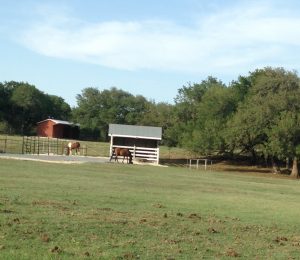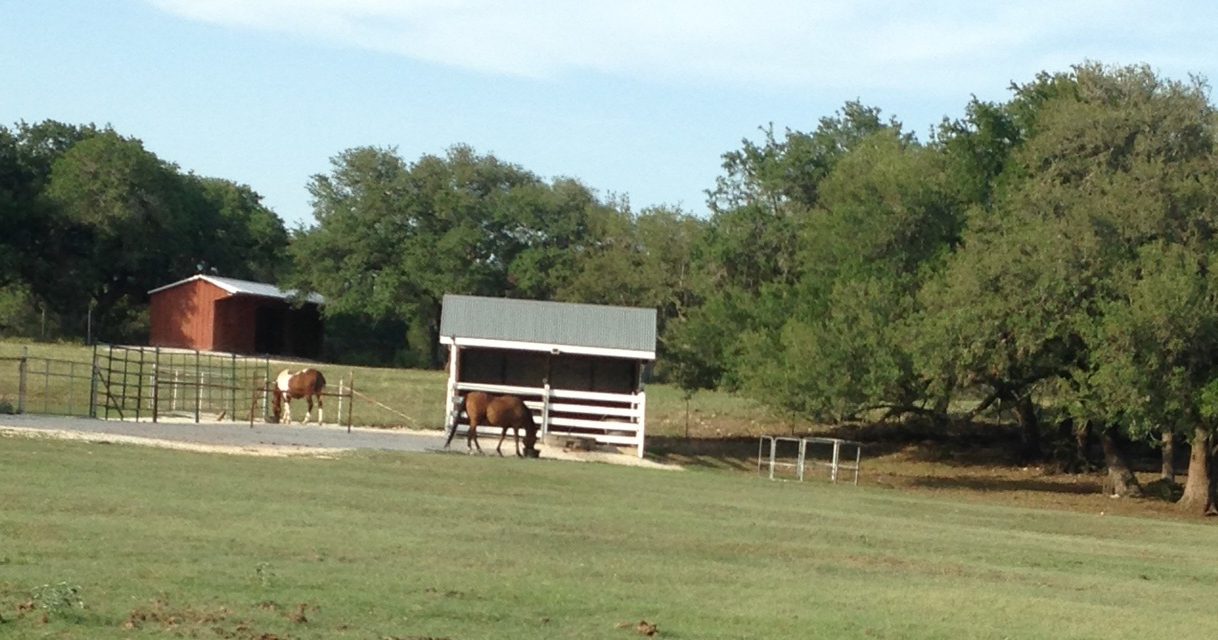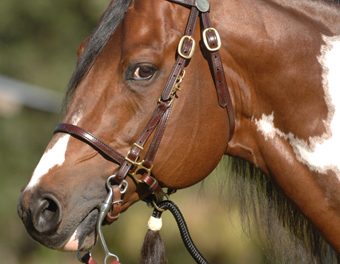THE WAY OF HORSES
 Horses have no trouble determining where to poop, as opposed to the confusion facing some humans these days.
Horses have no trouble determining where to poop, as opposed to the confusion facing some humans these days.
Most confined horses will designate a “latrine” area – whether in a turnout, pasture or stall. My own horses will leave their hay, walk across the turnout, relieve themselves in the favored corner and return to eating. It makes it very easy to clean the paddock.
In pastures the designated latrine areas are called “roughs”. Generally horses avoid grazing the area where the feces is present. This is a natural aid to parasite control. Small strongyle eggs deposited in the manure can hatch, leading to re-infestation of a grazing horse, so avoiding the area will decrease the chances of the parasite’s life cycle being completed.
Intestinal worm larvae do not travel more than a few feet from the manure, but rain can wash the larvae into the preferred grazing area. The nutrients in the manure will also be relocated to the area, resulting in lush grass – attracting the horse and exposing the horse to the larvae.
Collecting the manure from the roughs has been shown to control small strongyles better than deworming (Herd, 1986). In the study the manure was collected with a vacuum twice a week.
Breaking up and spreading the manure does not kill the larvae or eggs consistently. It takes intense continuous heat and dry conditions to effectively kill the parasites. In a study on composting manure it was determined a temperature of 104 degrees F for a minimum of one week would kill strongyle larvae (Gould et al., 2012). Even in south Texas that doesn’t happen consistently – thank goodness! (Only properly composted manure should be spread on a pasture.)
Intense cold will kill the parasites, but that is regional and gives dubious control, also.
For more information about controlling intestinal parasites please visit American Association of Equine Practitioners Parasite Control Guidelines: https://aaep.org/sites/default/files/Guidelines/AAEPParasiteControlGuidelines_0.pdf
Manure must be collected frequently or the edible areas of the pasture will decrease in size as the roughs expand due to use. In addition to exposing the horse to parasitic larvae, undesirable grasses and weeds will take over resulting in the need to provide good quality hay to the horses.
Even in stalls most horses will pick out a corner and use it as a latrine, generally in the farthest corner from where the feed and hay is placed. Horses who routinely defecate in water buckets are not doing it to annoy their owners, it may be the location the horse has picked to use as a latrine area. Of course, moving an automatic water cup will be impossible if that is where the water line is located.
However like some humans, there are horses that choose to “go” wherever they like, creating a challenge to those who have to deal with the results.
* Earn a Bachelor of Science Degree in Equine Studies or certification as a Professional Horse Trainer or Riding Instructor. Start your new career as a riding instructor, horse trainer, or stable manager. All courses are online. Visit www.horsecoursesonline.com for information.




